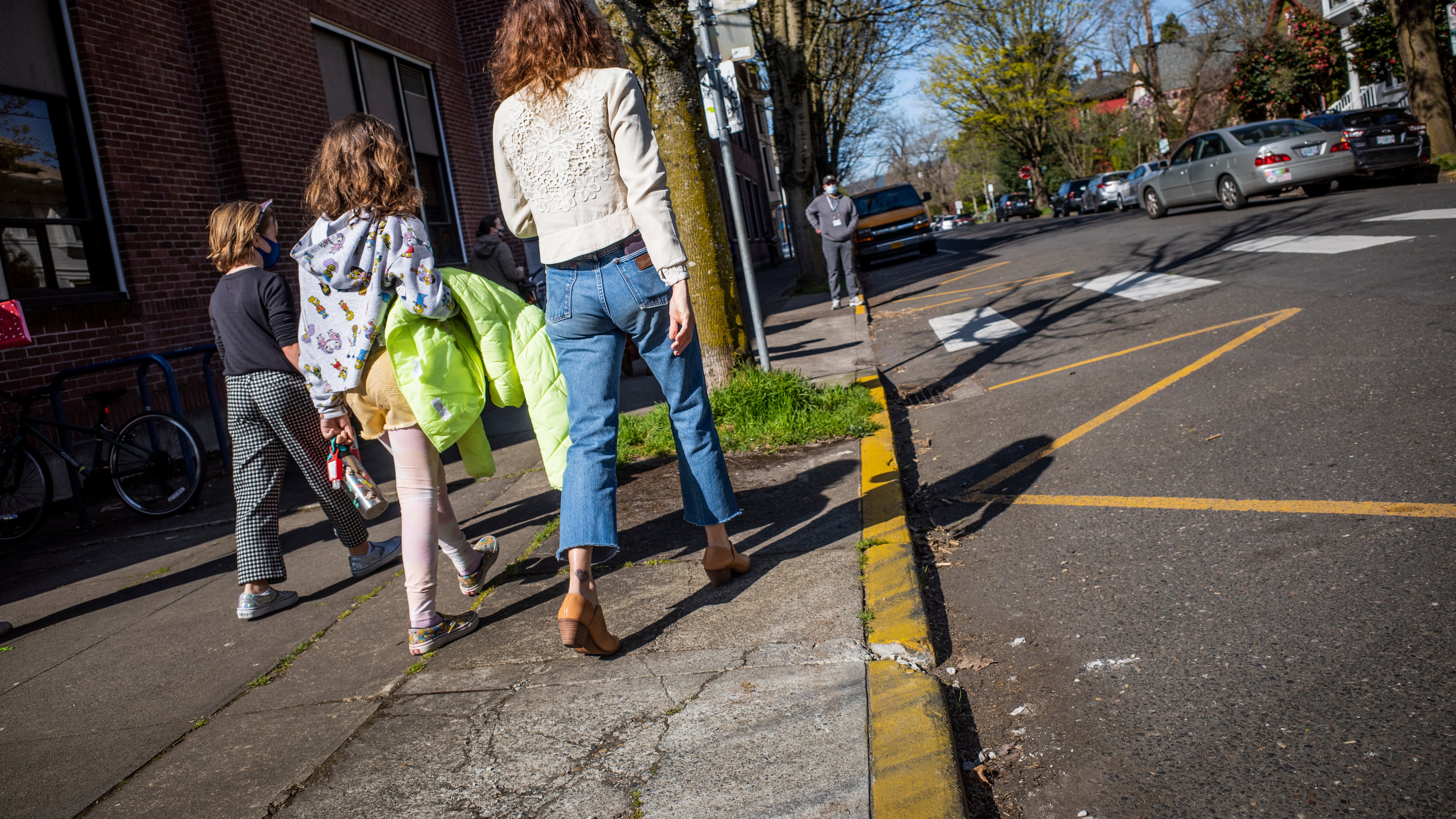Portland Public Schools will significantly reduce its Summer Acceleration Academy this upcoming summer, limiting both the schools and grade levels that it serves.
The SAA is a summer learning program that targets children who are performing below grade level and helps them catch up before the next school year. First launched in the summer of 2021, the program has shrunk in size and scope as dollars have dwindled.
Last summer, it served K–5 students at 67 schools in kindergarten through second grade, says Darcy Soto, PPS’s director of learning acceleration. This year, it will serve students from only 18 schools, specifically providing early literacy intervention.
Soto says the reduction was influenced by the district’s ongoing budget crunch, including a $40 million deficit for the upcoming 2025–26 school year. But she and PPS also cite a lack of state funding. Last year, Soto says the district was able to allocate $4.5 million to summer learning because of federal relief dollars. This year, the district will work with $1.6 million.
“We understand that such a dramatic decrease in SAA programming will create hardship in many of our school communities, and wanted to share this news in advance of the SAA open enrollment period so that families will have time to prepare,” PPS wrote in an email to parents.
The 18 schools chosen for summer learning are not all Title I schools (those are schools with high-poverty student populations). Hubs will instead serve students in North and Southeast Portland at four district schools: Harriet Tubman, Harrison Park and Kellogg middle schools and Rosa Parks Elementary School.
Soto says choosing schools was a “complicated calculus.” That’s because without federal dollars or other streams of revenue, the district is braiding funds together from Oregon’s Early Literacy Success Initiative and schools that receive Student Success Act dollars. The former is a 2023 initiative to support early literacy from birth to third grade. The latter is a 2019 bill that created a corporate activities tax to fund schools.
Soto says the district gets Student Success Act dollars for seven elementary schools, based on a formula from the Oregon Department of Education established in 2019. But, she says, demographics have changed since then. “They might not be the schools that would be selected today if that same formula were to be used.”
Regardless, those are the schools that programs must be located near. Soto adds that because the funding requires transportation, it further limits which locations the district can select. She says the district spent $850,000 on transportation last year for summer programming (transportation, she adds, is a static cost based on geographic area).
“You can quickly do the math that if you have four and a half million dollars: $850,000 is a certain percentage of that,” she says. “If you have $1.6 million and $850,000 [goes to transportation], it makes it impossible to have any programming.”
Soto adds that middle schools were selected as hub locations because many elementary schools in PPS lack air conditioning, which limited attendance last year.
The district’s SAA previously came under scrutiny in summer 2023, when KATU-TV reported the program would exclude some of the district’s lowest-scoring students. That changed last summer, Soto says. Now, any student with any achievement level from those 18 schools will qualify for summer learning. “There’s no floor,” she says.
Parents whose children qualify for SAA will receive invitations on March 10 and April 1. Invitations are determined based on midyear assessments. The program will run Monday through Friday from June 30 to July 31 from 7:45 am to 1 pm, according to the PPS website. Additional afternoon programming extends through 5 pm but is limited.

